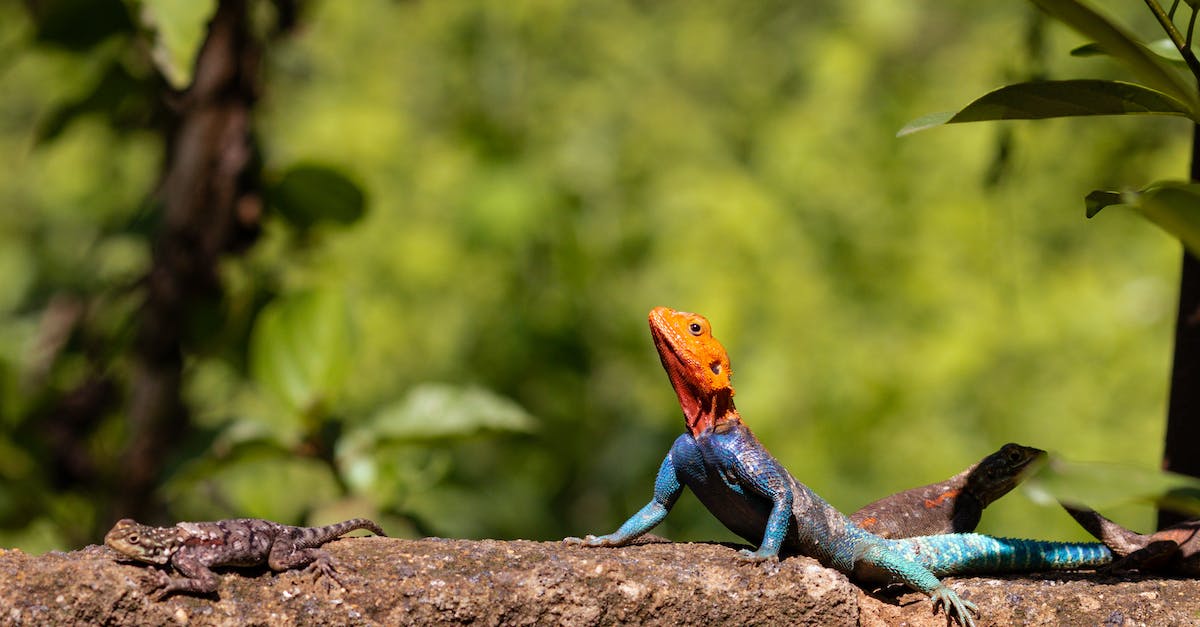Have you ever sat there staring in wonder at your pet lizard, imagining him on some epic quest like a paladin from a fantasy adventure?
It’s easy to look down on the little guy and think his life is mundane and lazy, lounging around and sleeping all day when actually, he’s a tactical genius worthy of our admiration.
After all, what kind of tactical genius doesn’t know what bugs to eat? That’s right; lizards hunt down specific insects and spiders to satisfy their palettes.
So, what exactly do lizards eat, and why do they prefer those particular critters? Of course, the answer lies not in exploring the lizard’s mind but rather in exploring what kind of insects inhabit our planet and why they are so attractive to our reptilian friend.
This article will discuss what insects lizards eat and why they choose them.
1. Insect Types

You know the feeling. You’ve spent all afternoon in the backyard, armed to the teeth with a toy bug net, popping bugs and grubs into little jars. The excitement of finding something new and alien, and unknown was thrilling. But have you ever thought about what lizards eat? Well, if you have, you’ve come to the right place!
Insects make up most of the lizard’s diet, with beetles, crickets, and spiders being classic staples. But there is so much more. Lizards chow down on ants, grasshoppers, earwigs, moths, snails, slugs, and centipedes. And if the lizard is big enough, it could even grab itself a juicy fly or two.
The types of insects eaten by a lizard vary from species to species and region to region. A classic example of this is the Gila monster of the deserts of the Southwestern United States. They’re small and low to the ground, so they get their energy from eating plenty of ants, beetles, and other small bugs rather than trying to tackle larger creatures.
-

Beaded Dragon Fan Exclusive: ‘Original Hipster’ T-Shirt – Wear Your Unique Style with Pride – Unisex t-shirt
£13.00 – £20.50 Select options This product has multiple variants. The options may be chosen on the product page -

Chinese Water Dragon Aquatic Mastery Tee: Dive into Elegance with Our Exclusive Reptile Enthusiast Shirt – Unisex t-shirt
£13.00 – £20.50 Select options This product has multiple variants. The options may be chosen on the product page
In contrast, the monitor lizards of Southern Africa will eat almost anything they can catch – including carrion, other reptiles, birds, and insects! They mainly go for grasshoppers, locusts, caterpillars, and sometimes termites.
No matter what type of insect the lizard goes for, one thing is certain – they sure know their way around a good snack. So, next time you’re out hunting for bugs, look up at least – maybe you’ll be able to spot your local lizard buddy chowing down on grubs and worms with abandon.
2. Where Lizards Find Insects
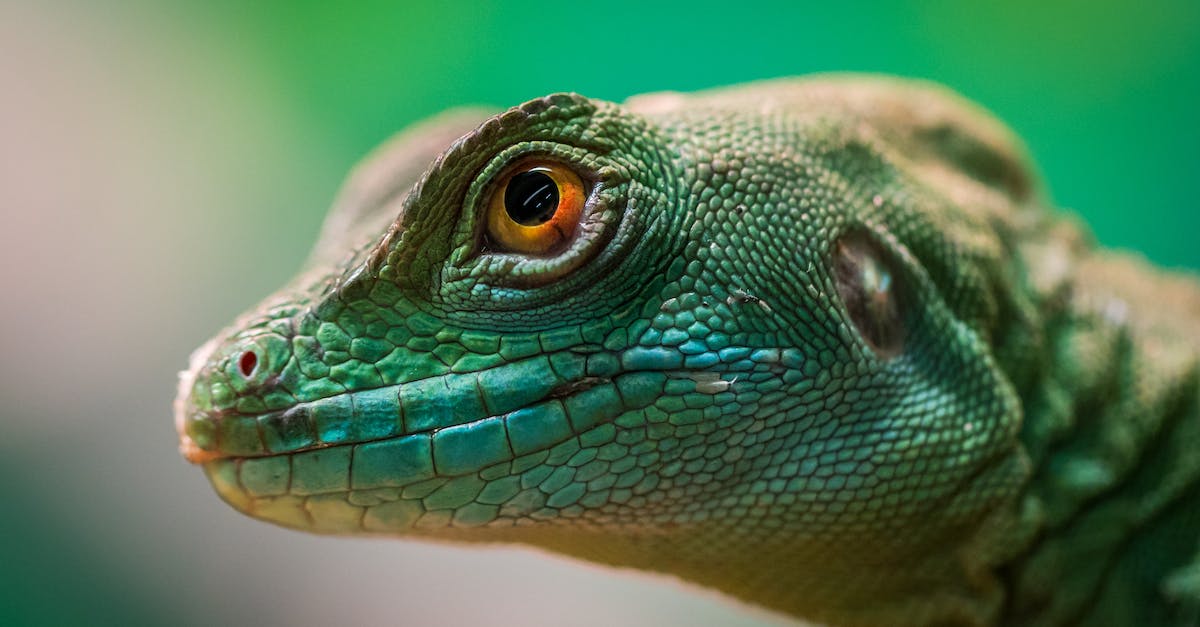
If you’ve ever seen a lizard lounging on a rock, you know it’s probably not here to enjoy the view, the fiery rays of the sun, or the gentle breeze wafting through the air. No, it’s here to catch snacks mid-flight to refuel and keep its tank topped off. Where do those tasty insects come from? Let’s dive into the hunting grounds of your friend, the lizard.
Lizards live in various places, and their diets often change depending on their location. Many lizards hunt in their backyard (literally and figuratively), where insects live and roam in plentiful numbers. Are you seeing clusters of ants streaming along the ground? Lizards often lurk around these high-traffic areas, waiting to snatch up unsuspecting insects. Similarly, gathering near pools and puddles is an excellent strategy, as tasty dragonflies and mosquitoes linger around the area.
Maybe your lizard likes a more adventurous lifestyle, which would explain why they’re often spotted in tall grassy areas. Not just any tall grassy area – they’re selective in the types of grasses they search.
Why?
That’s because grasses with high moisture levels often have other organisms, such as beetle larvae. On a warm summer night, your lizard will also come out to play, likely sticking around outdoor lights to try and nab a moth or two.
It may seem like lizards are solitary eaters, but they’re fans of a good potluck. When food options in their environment are generally scarce, lizards turn to each other for a friendly exchange. This group feeding is called communal foraging; lizards can hunt down food less than a third of the time when working together.
In short, lizards manage to find these visiting insects in a variety of ways. But no matter where they search, they’re always ready with their built-in nets and vacuums – incredibly long tongues!
3. Types of Lizards
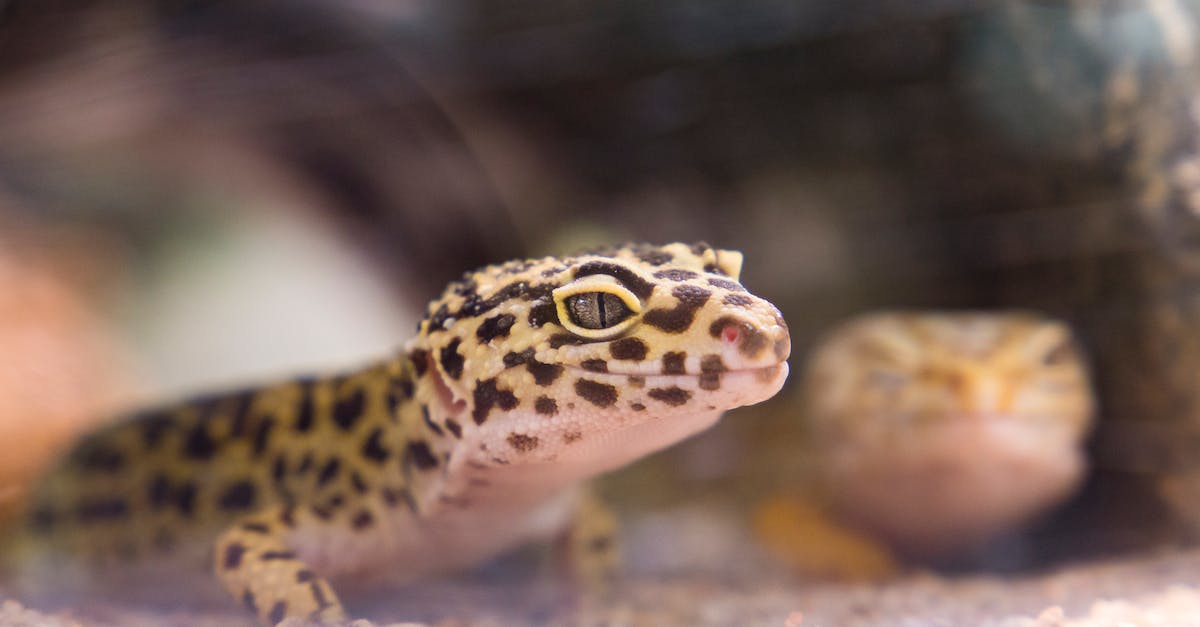
There are many types of lizards, each with its unique characteristics. But the one thing they all have in common is their appetite for insects. However, not all lizards are the same; some have special dietary preferences. Let’s learn the different types of lizards and find out what insects they eat.
First, there’s the gecko. This cute little lizard loves to snack on moths, spiders, and ants. With their adhesive toe pads, geckos have no problem scurrying up walls and ceilings to get their favorite treats.
And then there’s the bearded dragon. One of the most popular pet lizards, bearded dragons, are omnivores, meaning they eat plants and bugs. Their diet typically consists of crickets, mealworms, and waxworms. Bearded dragons also have a special place in their stomachs for fruits and vegetables.
Lastly, you have the iguana. Like the bearded dragon, this tropical lizard eats whatever he can find, including insects like locusts, beetles, and grasshoppers. He can even munch on various vegetation, like zucchini and kale.
So there you have it, three types of lizards that all enjoy a good bite of insects. Whether for food or fun, it’s hard to deny the appeal of these slimy creatures. But with their appetite for bugs, it’s essential to know what kind of insects they need to stay healthy.
4. The Lizard Diet
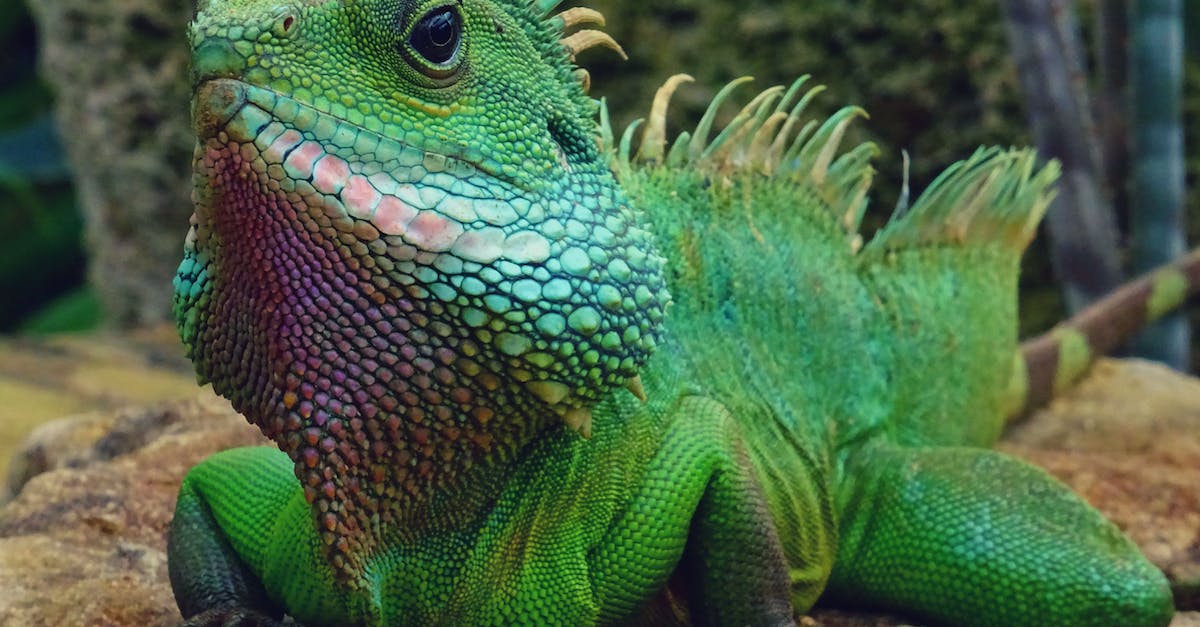
You thought lizards were cute little critters bathing in the sun but did you know they are fully-fledged predators? Despite their slow and steady pace, they can pack quite the punch in their diet. Not only do they hunt for their meals, but some species are also quite particular about it. So, what is it that lizards eat? Well, one of their favorite dishes is insects!
Lizards have many bug options, from cricket to moths, butterflies, and houseflies. Depending on their size and which lizard species, even the occasional beetle or ant can make the menu. Smaller lizards usually prey on smaller bugs like mites, whereas their larger counterparts, such as monitor lizards, may go for bigger meals like locusts and grubs.
Insects may not be the only type of food that lizards munch on. Sometimes, lizards can become omnivorous, picking up anything they can find. This includes fruits, flowers, plant-based items, and regular leftover scraps.
So, how do lizards search for their prey? While some species, like geckos, can climb trees for food, others rely on their sharp eyesight. Lizards do not typically migrate, but some species may move toward their victim to hunt. Hunting behavior and technique will depend on the lizard in question and what type of bug it is looking for.
In conclusion, most lizards have a diet that revolves mainly around insects. Lizards come in all shapes and sizes and, with it, have different types of hunting approaches and prey preferences. Knowing and understanding the type of food lizards like will help you better understand how to care for a pet lizard properly.
5. Benefits of Eating Insects
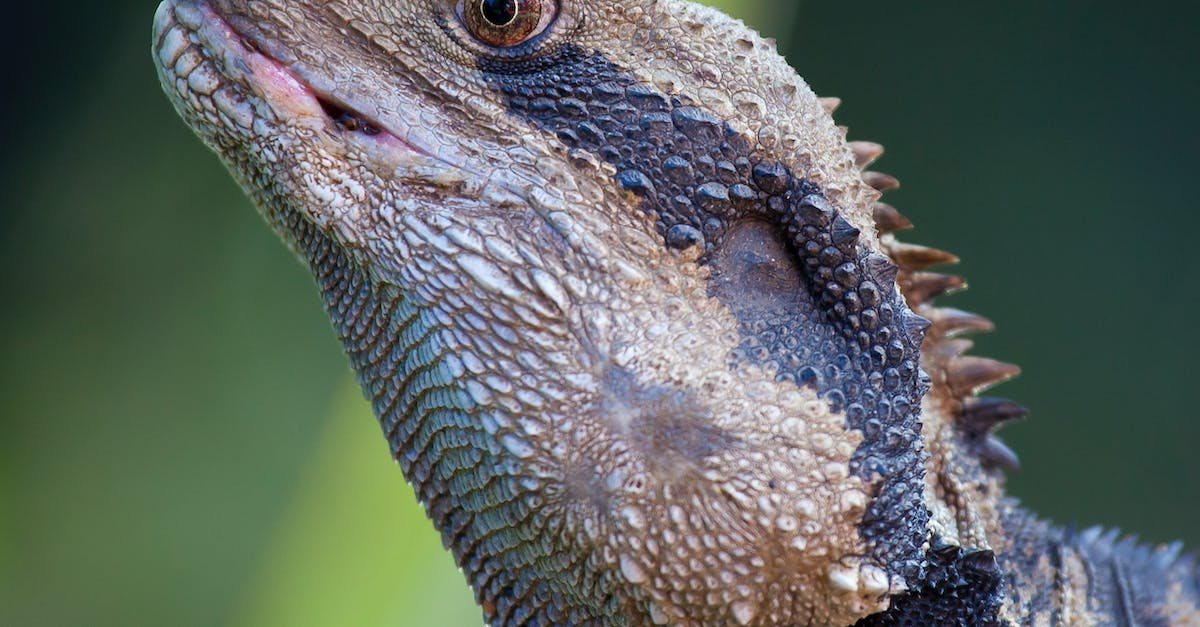
Are you ready to learn the benefits of eating insects? If so, let’s get right to it!
Lizards might be commonly associated with sipping water out of little streams or cuddling up on a rock in the sun. But did you know they love munching on insects as well?
Insects are excellent sources of energy for lizards. Sure, there are some nutritional benefits too, but let’s not overlook the obvious: the crunchiness is delicious! Plus, it’s a great way to keep the little guys entertained — their tiny version of a Mexican fiesta!
The other benefit of eating insects for lizards is the diversity of vitamins and minerals they provide. Insects are filled with specific kinds of protein, zinc, folates, and other vitamins and minerals needed to stay healthy.
Not all insects are beneficial to lizards, though. Some of them can be bad. This is why it’s essential to know precisely which insects are good for them and which are not. But when you have figured out the best ones, you’ve opened up a whole world of vitamins and minerals for your lizards!
Finally, feeding bugs to your lizard can help them bond with you. Watching them catch, catch and destroy their food will be an interesting experience for both of you! Whether it’s cockroaches, flies, or crickets, you can be sure your lizard will have a blast!
So that’s it! Eating insects is a WIN-WIN situation for lizards — they get a tasty snack and a nutritional boost, and you get front-row seats to all the fun! So why not give them a try?
Conclusion
Many people are surprised to find that lizards eat insects as part of their diet. What makes it even more interesting is the range of intriguing and even odd-looking bugs that lizards like to snack on. From beetles, worms and insects to flies, crickets, and even moths and butterflies, these amazing reptiles have an appetite for all types of insects.
But the lizards’ journey of discovery doesn’t stop there. They are known to eat mites and other arthropods, as well as the larvae and eggs of certain insects. They are truly indigenous and enthusiastic insectivores, proving they are truly versatile creatures.
We may marvel at how lizards eat as many as fifty insects per day and never tire of their diverse diet. But there’s also something very sweet and endearing about these lizards that want to stay up all night and explore their local insect feast – a reminder to us all that a little adventure can be a wonderful thing.
References:
My Pet Chicken https://www.mypetchicken.com/backyard-chickens/chicken-care/differences-lizards-eat.aspx
Reptile Knowledge https://www.reptileknowledge.com/articles/what-kinds-of-insects-do-iguanas-eat/
https://www.livescience.com/60304-insect-eating.html

